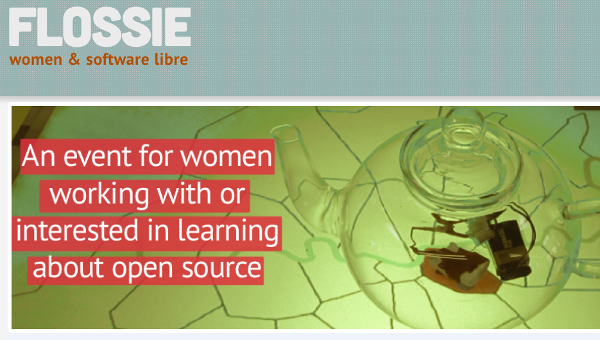Case Study: Video Editing
Flossie 20121 was the UK's first women-only free software conference: it provided an amazing opportunity to record the experiences and interests of women, who are often seen as a minority group in computing.

What had started out as a fun idea to record some vox-pops had snowballed into 30 half hour plus long interviews, capturing the passionately expressed opinions of women with a very wide variety of interest and experience in free software. From librarians to techno-artists and from academics to business leaders.
Amazing as this was, the project then hit a problem: none of the people involved in the project had time to edit the hours of footage that had been collected. The project had really “bitten off more than it could chew.” The net for free software video editors was cast wider, and there were many people with the interest, however, few of them had much knowledge of video editing tools or methods.
A video editing sprint was arranged where a group of individuals were trained to edit interviews and where the editing was done over a period of a few days in a collaborative environment. The participants needed training in a video editor that was Free Software to fit into the aims of the project. The application Kdenlive was chosen. Kdenlive, which stands for KDE Non-Linear Video Editor), is a free software video editing software package, released under the GPL2 licence. 3
The hands on task in this module is a short and simplified version of a guide 2 which provided training for sprint attendees. They explain how to edit an interview using Kdenlive, and can be used as a guide for both individual and group editing projects.





